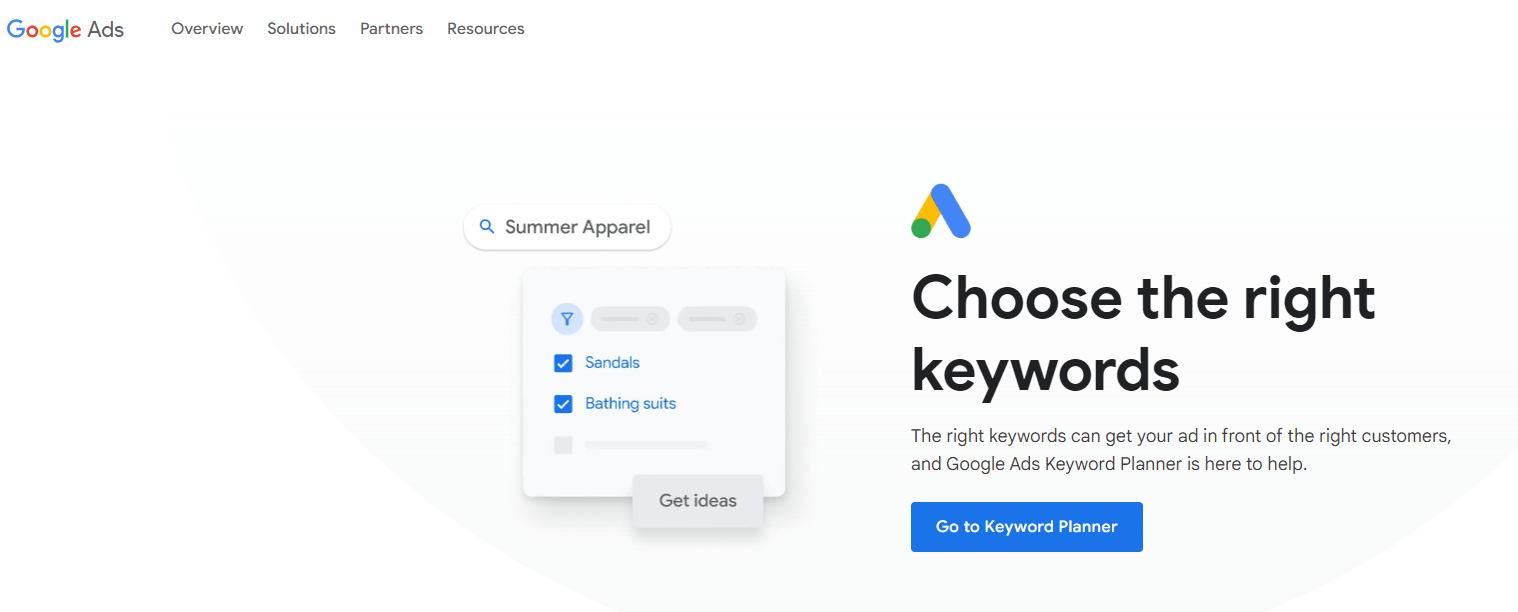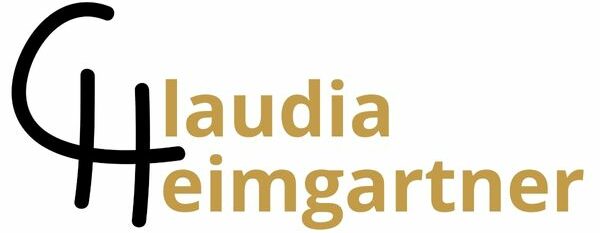In this article, I will show you how your website and message can gain significantly more reach on Google with the help of search engine optimisation. This will attract the attention of new readers, customers and like-minded people.
What's SEO?
SEO is the abbreviation for "Search Engine Optimisation". Translated, this means search engine optimisation. The aim is to appear in the top results of a search engine through targeted optimisation of the website.
Google's top priority is to provide its users with the best answers to their search queries. Consequently, websites that provide exactly the right content for the search query are rewarded with a high position (ranking) in the search results.
What factors influence the Google ranking?
The most important SEO factors according to Google are called "E-E-A-T". This stands for Experience, Expertise, Authoritativeness and Trustworthiness.

- Expertise: Expertise refers to the verifiable specialist knowledge of the person writing the content. This can be confirmed, for example, by proven training, a title or many years of experience.
- Experience: This refers to personal knowledge and experience. This includes, for example, truthful testimonials.
- Authority: Google regards you as an authority and trustworthy source in your subject area. Links or quotes from other experts on your website have a positive influence on this factor.
- Trustworthiness: Google classifies your company, your website and your content as trustworthy. This can be achieved through a positive user experience, favourable reviews of the company or reputable sources in current articles.
The links from other websites to your own website are called backlinks. The more backlinks a website receives, the higher its authority.
Important: Backlinks from well-known websites are worth much more than backlinks from unknown websites. In addition, backlinks should never be bought from other countries (cheap backlink packages from various providers). If Google notices that a lot of backlinks are coming from abroad that don't make sense, your website will be penalised and fall in the rankings.
The "MoZ" tool can be used to check the domain authority (authority of the domain). In addition to the authority of the entire domain (DA), it also shows the authority of the individual pages (PA) and the spam score. This is a value from 1-100 in per cent that analyses the quality of the backlinks to your website.

Keyword research and optimisation
So that you can create relevant content, it is very important to carry out research for possible search queries in advance. User search queries are also called keywords. The search volume shows how often the term is searched for on Google each month.
An example:
You have a blog about knitting and want to write an article explaining knitting tips for beginners.
A possible keyword group for this could be "knitting tips for beginners". The keywords you choose should match the content you want to publish. You can also create content based on your keywords.
Important: The more search volume a keyword has, the more people you can reach, but the greater the competition.
You can use these tools to find suitable keywords:
- Seobility
- Sistrix
- Google Keyword Planner

A distinction is made between short-tail and long-tail keywords (search terms).
An example:
Short-tail keyword:"knitting"
Short-tail keywords are short and concise, usually unspecific, have a high search volume and strong competition.
Long-tail-Keyword: “Knitting for beginners”
Long-tail keywords are longer and often much more specific than short-tail keywords. They generally have a lower search volume.
The aim of keyword research is to determine a focus keyword for which the page should be optimised.
What kind of keywords should you use?
To answer this question, you should consider the domain authority of your site. Websites with strong authority can rank more easily for short-tail keywords. This is more difficult for pages with low authority.
Tip: To achieve your first top rankings, I recommend using long-tail keywords.
On-Page SEO
On-page SEO describes the structural and content optimisation of your website for specific keywords.
Your checklist for the focus keyword from the keyword research:
- Is your focus keyword in the URL (your-domain.com/knitting-for-beginners/)?
- Is your focus keyword in the main heading (H1), a subsequent subheading (H2) and the first few paragraphs of your text? Does it fit naturally and not manipulatively into the reading flow?
- Is the focus keyword in the meta title? (This is the title of your page)
- Is the focus keyword in the meta description? (This is the description of your pages that is only visible to search engines)
- Does the focus keyword appear in the alt tag and title tag of your images? These tags should briefly summarise the content of the image for users and search engines. (This can be specified very easily with most website builders).
In general, your website should appear serious and create trust. You can achieve this by providing contact details and setting up a page on which you explain yourself and your motivation, for example.
A photo makes a much more likeable impression. It doesn't always have to be a professional photo by a photographer. If you're interested in this topic, read Claudia's selfie tips on how to reinforce your message with a good photo.
Off-Page SEO
Collecting backlinks and increasing authority are the most important off-page SEO measures. Links from other websites to your own website can be created in many ways.
These include:
- Social media links
- Guest posts
- Business directories
- Google company profile
- Review pages
- Press releases
- Forum posts
When building backlinks, always make sure to include your website URL. It is also very important to standardise the company name, address and contact details in all business directories.
Local SEO
Local search engine optimisation refers to all optimisation measures that result in a higher positioning of a website in local and regional search results.
An important optimisation factor here is the Google company profile. To maintain it, you should regularly upload images and articles, enter opening hours, answer reviews promptly and keep basic data up to date.
No Go's in search engine optimisation
There are also practices in search engine optimisation that should be avoided.
Black-hat SEO: Black-hat SEO describes a very manipulative approach to search engine optimisation. The focus here is on exaggerated optimisation for a ranking factor. Popular practices include the excessive placement of backlinks or the immense use of keywords.
Incorrect optimisation: Make sure you carry out comprehensive keyword research before you start creating your content. This way you can avoid creating content that is not searched for.
Google Search Console
The Google Search Console is a free analysis tool from Google and provides information on the performance of your website in Google search. The Search Console provides information on how your site is searched, saved and positioned in the search results by Google.
You can easily set up your company website in the Search Console. To do this, follow the Google Search Console setup process.
Case Study Search Engine Optimisation
One successful project from our web design agency in Greifswald is from a company that specialises in sustainable shampoos. The aim was to find out what customers are looking for and to make the shop more visible. To realise this wish, a keyword research was carried out to find relevant search terms for shampoos in solid form. We identified great potential and discovered that sustainability and organic quality in particular are highly relevant to the target group. At the same time, shampoos for special requirements, such as for dry hair, for curls or particularly mild products for children, are also sought. On this basis, we have revised the product pages and aligned them to the respective search term. The optimised texts and images with the individual focus keywords maximised the relevance of these pages for the terms.
Thanks to this approach, significantly more customer enquiries per month were achieved after just a few months and a large part of the advertising budget was saved.
How do you make your message visible?
Google is the ideal support to ensure that your message really gets out into the world and that your business can grow. Google yourself regularly!
Rmember:
- Pay attention to the various ranking factors of search engine optimisation. Create high-quality content and avoid practices that violate Google's guidelines or provide no added value to the user.
- Carry out detailed keyword research and optimise your content accordingly.
- Use research and analysis tools to make your work easier.
- Collect high-quality links to your website from other websites such as well-known blogs, renowned magazines or business directories.
- Use tools such as the Google Search Console to track the development of your site.
Be authentic and build trust by uploading a photo of yourself on the various social media platforms, in your Google business profile and on your website.
What experiences have you had with search engine optimisation for your website?
Let me know in the comments!
The author: Antonia Pfennig
As a marketing trainee at the Greifswald web design agency, I not only enjoy learning new practices and facts about website optimisation and search engine findability, but also sharing them.
When I'm not working on my laptop, I can be found taking a walk in nature, reading a good book or enjoying a cosy get-together with friends.
I'd love to help you make your website found and get your message out into the world!

Follow Claudia to never miss any tips and insights:

Letzte Aktualisierung am 27. March 2024
